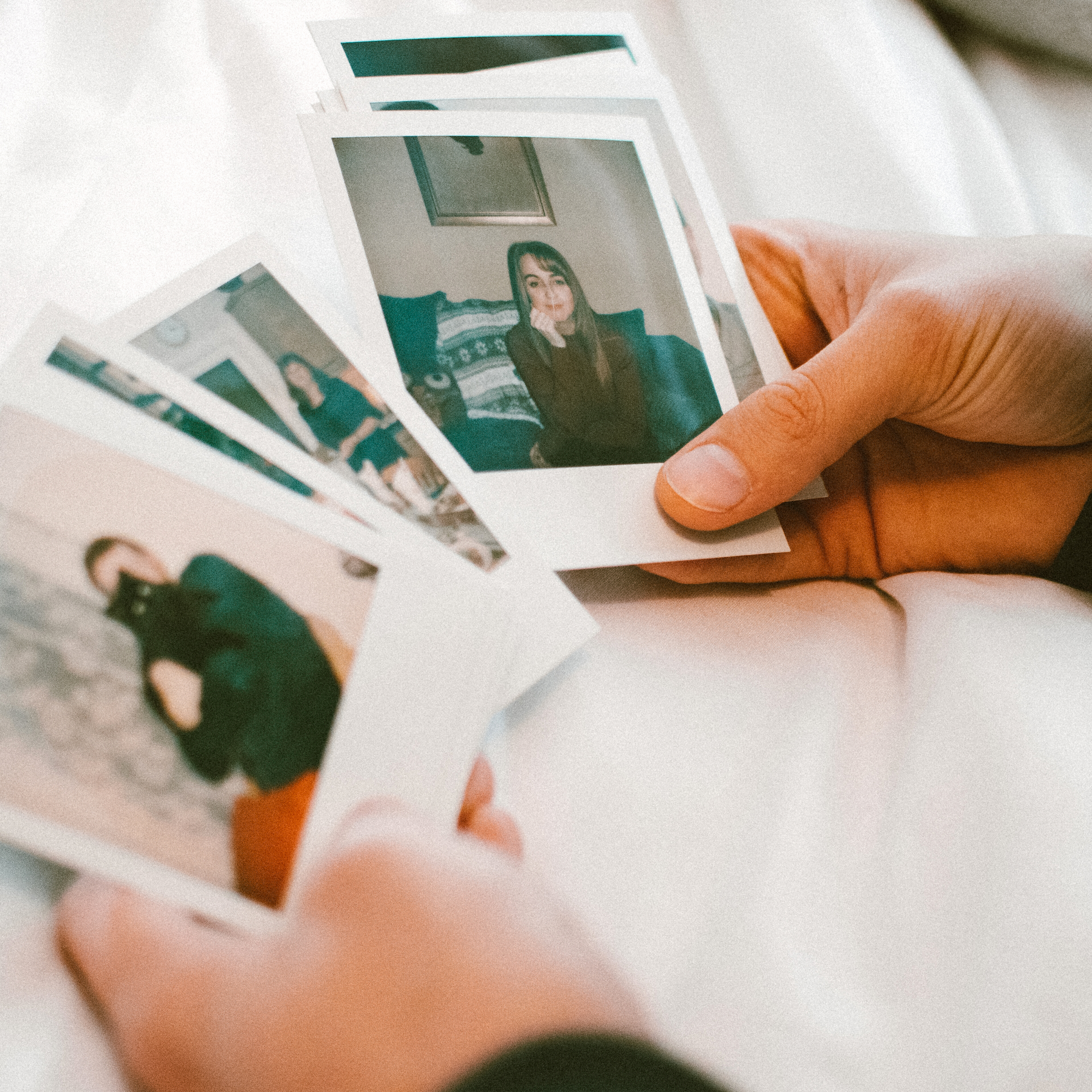The Impact of Happy Memories
Have you ever participated in Throwback Thursday (#ThrowbackThursday) or Flashback Friday (#FlashbackFriday) on social media? Many people use these hashtags to post old pictures of themselves or others. Sometimes the pictures are silly, sometimes they’re reflective, sometimes they’re even sad . . . but they’re always associated with memories.
My favorite picture to share is my 4th grade school picture. The night before pictures, my mom took me to the salon and let me get a spiral perm. I know that I thought I looked amazing, but needless to say, in my picture I closely resemble a poodle! This picture always evokes much laughter–both on my part and with whomever I share the picture!
Why do humans enjoy looking back at old pictures and, consequently, reminiscing on the past?
The Science of Memory
Researchers in the field of memory have identified specific stages of memory. These stages describe how specific moments are stored in our memory for later access.
– Memory encoding. The first stage is called memory encoding. In this stage, our senses take in visual, acoustic, and semantic stimuli, and those perceptions are then recorded in our brain (McLeod, 2013).
– Memory storage. Once a stimulus has been encoded, the memory is either stored in short-term memory or long-term memory. Information stored in our short-term memory can be kept as little as just a few seconds, while information stored in our long-term memory can be kept a lifetime (McLeod, 2013).
– Memory retrieval. In the final step, called memory retrieval, information is pulled out of storage. Short-term memory is retrieved sequentially. Long-term memory, on the other hand, is retrieved by association (McLeod, 2013).
Now that we know a bit more about how memory works, let’s take a closer look at happy memories.
Happy Memories
A 2014 study conducted at the University of Portsmouth by L. Hyman showed that happiness possesses a strong temporal dimension (and if you remember back to science class, your temporal lobe is the part of your brain that is instrumental in long-term memory). Thus, reflections on the past can be a significant source of happiness for us in the present (Hyman, 2014).
We see this trend especially in older generations (Hyman, 2014). Have you ever sat with an older person and listened as they reminisced about the past? Growing up, my great-grandmother would share stories of her childhood in Arizona; even though my brother and I had heard all of her stories many times before, she never grew tired of telling them, and we never grew tired of hearing them. Older generations are more likely to view both the collective social past and their own personal past as happier and “better” than the current time period.
The same study revealed that younger people also idealize the past (Hyman, 2014). Although they don’t perceive the past to be necessarily “superior” to the present, they find special pleasure in memories. (This is likely one of the main reasons that so many people participate in the “throwback days” of social media.)
The Benefit of Nostalgia
It should be noted that while not all memories are pleasant and memories–both positive and negative–can overtake us unexpectedly, we can also choose to reminisce to induce “warm, fuzzy feelings.” Researchers also found that the act of reminiscing is actually a technique that many people use to make themselves feel better (Hyman, 2014); reminiscing can also calm you down in stressful situations (Speer & Delgado, 2017). While the idea that thinking about positive memories can improve mood and resilience to stress is not a new finding, it is affirming to know that “simply recalling happy memories can combat acute stress at a physical level” (Young, 2017). This is important because “people who tend to calm down physiologically soon after stressful events are generally healthier, both physically and psychologically, over the long term” (Young, 2017).
If you’re feeling stressed or down, or even if you just want to give a slow day a “pick me up,” perhaps taking time to look through some old pictures, sharing a memory with a friend, or personally reflecting on happy times will give you just the boost you need. If you want to share with us, we’d love to hear from you in the comment sections below.
References
Hyman, L. (2014). Happiness and memory: Some sociological reflections. Sociological Research Online, 19(2) 3. Retrieved from http://www.socresonline.org.uk/19/2/3.html
McLeod, S. (2013). Stages of memory: Encoding storage and retrieval. Simply Psychology. Retrieved from https://www.simplypsychology.org/memory.html
Speer, M. E. & Delgado, M. R. (2017). Reminiscing about positive memories buffers acute stress responses. Nature Human Behaviour, 1.
Winkler, E. (2014). The science behind #ThrowbackThursday. The New Republic. Retrieved from https://newrepublic.com/article/118017/memory-happiness-science-behind-throwbackthursday
Young, E. (2017). New evidence shows the calming power of reminiscing about happy times. The British Psychological Association. Retrieved from https://digest.bps.org.uk/2017/05/12/new-evidence-shows-the-calming-power-of-reminiscing-about-happy-times/



